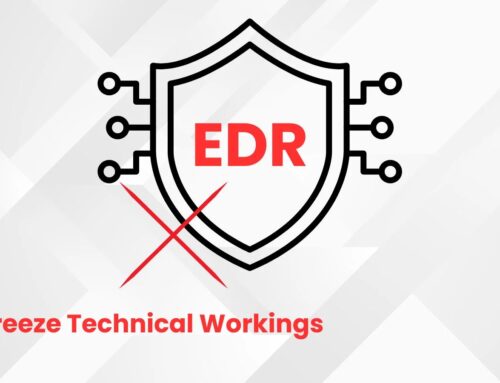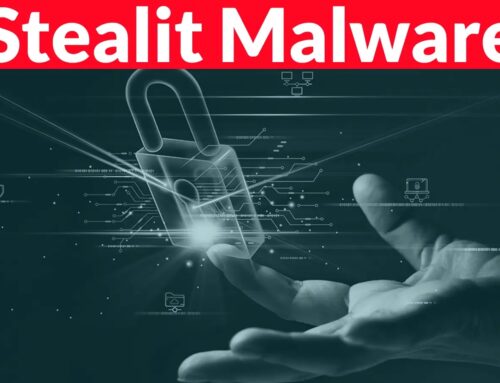
SonicWall Confirms No New SSLVPN 0-Day – Ransomware Attack Linked to Old Vulnerability
In an era where every new cybersecurity headline seems to scream “zero-day,” a recent statement from SonicWall has brought a crucial perspective to light. Concerns over a potential new zero-day vulnerability in its Secure Sockets Layer Virtual Private Network (SSLVPN) products have been addressed directly, clarifying the true nature of recent ransomware attacks. It turns out that the threat actors aren’t leveraging a novel, undiscovered flaw, but rather a familiar, previously patched vulnerability. This distinction is critical for understanding the threat landscape and hardening organizational defenses.
Understanding the SonicWall Clarification
SonicWall officially confirmed that recent ransomware incidents are not the consequence of a newly discovered zero-day flaw in their SSLVPN offerings. Instead, these attacks are exploiting vulnerabilities that have already been identified and for which patches have been made available. This dispels widespread speculation and misdirection, redirecting attention to fundamental patch management and timely vulnerability remediation.
The company’s statement emphasizes that the current wave of attacks stems from the exploitation of known weaknesses, not a bleeding-edge, unaddressed threat. This highlights a persistent challenge in cybersecurity: the gap between patch availability and widespread patch deployment. Attackers frequently capitalize on this window, knowing that many organizations lag in applying critical updates.
The Persistent Threat of Unpatched Vulnerabilities
While the absence of a new zero-day is welcome news, the reality that attackers are still succeeding with old vulnerabilities is a sobering reminder. Organizations that fail to implement patches promptly remain exposed, regardless of how long a vulnerability has been known. This scenario underscores several critical points:
- Patch Management is Paramount: Diligent and timely application of security patches is not just good practice; it’s a foundational cybersecurity control.
- Vulnerability Scanning: Regular scanning for known vulnerabilities is essential to identify and address security gaps before they are exploited.
- Threat Intelligence: Staying abreast of threat intelligence, including details on actively exploited vulnerabilities, helps prioritize remediation efforts.
Remediation Actions and Best Practices
Given that the attacks are linked to older, patched vulnerabilities, the remediation actions are straightforward but require immediate attention and consistent execution:
- Immediate Patching: Ensure all SonicWall SSLVPN devices, and indeed all network infrastructure, are updated to the latest firmware and security patches. Prioritize patches for known exploited vulnerabilities. Verify the patch status for CVEs relevant to SonicWall SSLVPN products, such as CVE-2021-20023, CVE-2021-20021, and any others detailed in official SonicWall security advisories.
- Network Segmentation: Implement robust network segmentation to limit the lateral movement of ransomware or other malicious actors should a breach occur through an unpatched system.
- Multi-Factor Authentication (MFA): Enforce MFA for all remote access and administrative interfaces. This significantly reduces the risk of credential compromise leading to unauthorized access.
- Security Audits and Penetration Testing: Conduct regular security audits and penetration tests to identify weaknesses in your environment, particularly those that could be exploited by known vulnerabilities.
- Incident Response Plan Review: Review and update your incident response plan to ensure it adequately addresses ransomware attacks and other security incidents. Conduct drills to test its effectiveness.
- Employee Training: Reinforce cybersecurity awareness training among all employees, focusing on phishing prevention and secure remote access practices.
Tools for Detection and Mitigation
Leveraging the right tools can significantly enhance an organization’s ability to detect and mitigate the risks associated with known vulnerabilities and potential exploitation attempts.
| Tool Name | Purpose | Link |
|---|---|---|
| Nessus | Comprehensive vulnerability scanning and management. | https://www.tenable.com/products/nessus |
| OpenVAS | Open-source vulnerability scanner for identifying security flaws. | http://www.openvas.org/ |
| Wireshark | Network protocol analyzer for traffic inspection and anomaly detection. | https://www.wireshark.org/ |
| Metasploit Framework | Penetration testing framework; useful for validating patch effectiveness. | https://www.rapid7.com/products/metasploit/ |
| Endpoint Detection & Response (EDR) Solutions | Behavioral analytics and threat detection on endpoints. | (Varies by vendor, e.g., CrowdStrike, SentinelOne) |
Conclusion
SonicWall’s confirmation that no new SSLVPN zero-day vulnerability is at play in recent ransomware attacks is a critical piece of information. It shifts the focus from an elusive, unknown threat to a persistent, manageable one: the exploitation of previously identified and patched vulnerabilities. This serves as a stark reminder that robust patch management, diligent security hygiene, and proactive vulnerability scanning remain the cornerstones of effective cybersecurity. Organizations must prioritize applying security updates, enforcing strong authentication, and maintaining continuous visibility into their network environments to protect against adversaries leveraging known attack vectors.





